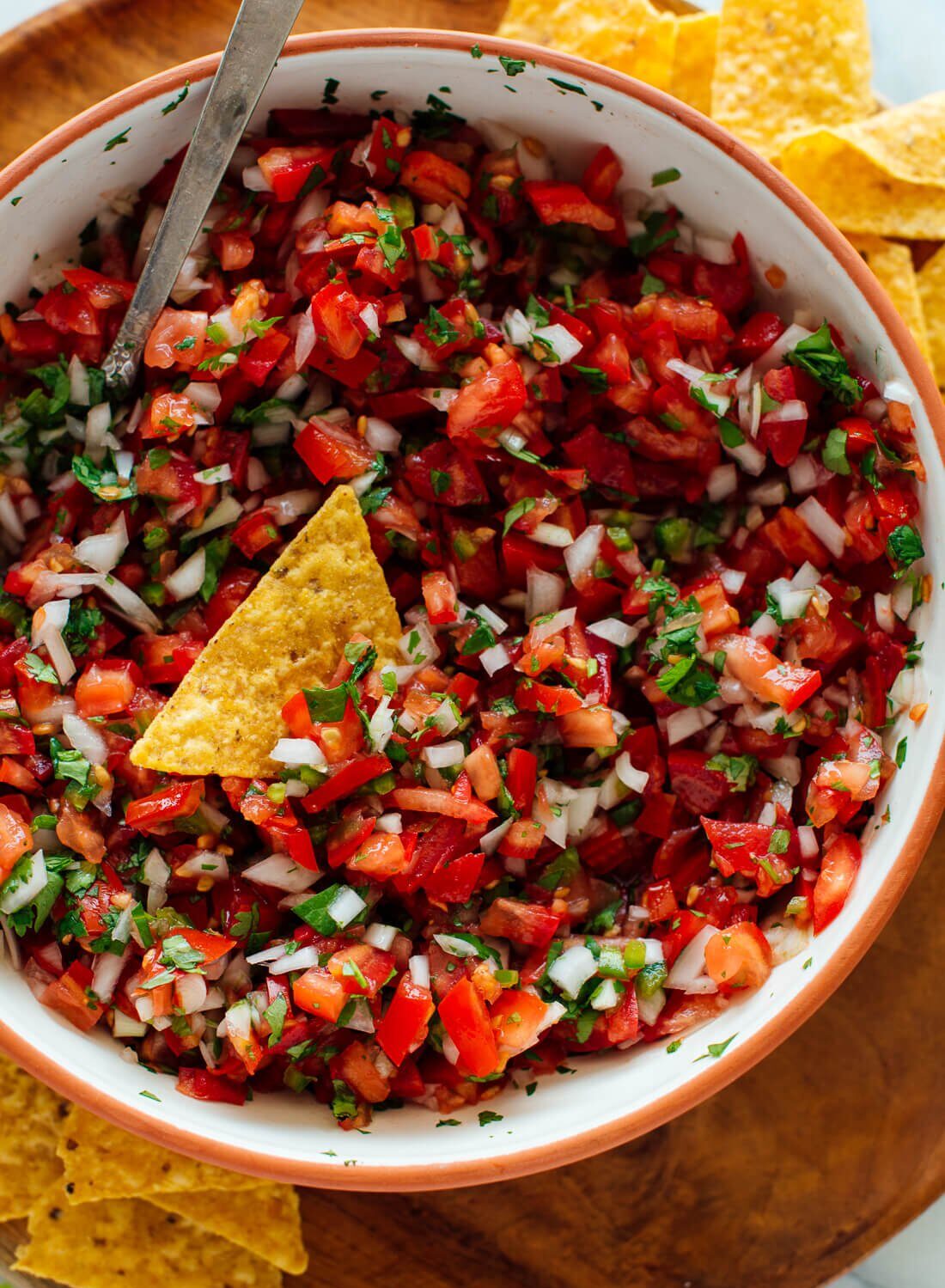Idli is a popular South Indian breakfast dish that is widely consumed in India and abroad. It is a savory steamed cake made of fermented rice and lentil batter, and is often served with chutney and sambar. Idli is considered to be a healthy breakfast option as it is low in fat, gluten-free, and easily digestible.
History: The origin of idli can be traced back to ancient India, where it was known as “Iddada” or “Iddarika.” It is believed to have been first prepared by the Hindu devotional poet and saint, Sri Vadiraja Swami, in the 15th century. The modern-day idli is said to have evolved from this original recipe.
Recipe: To make idli, one needs to soak rice and urad dal (split black gram) separately for a few hours. The soaked rice and dal are then ground together to form a smooth batter, which is left to ferment overnight. The fermented batter is then poured into greased idli moulds and steamed for about 10-12 minutes until cooked through. The resulting idlis are soft, spongy, and mildly tangy in taste.
Variations: There are many variations of idli that are popular in different regions of India. Some of these include:
- Rava idli: A variation of idli made with semolina (rava) instead of rice.
- Masala idli: A spicier version of idli, with added vegetables and spices.
- Oats idli: A healthy variation of idli made with oats instead of rice.
- Kanchipuram idli: A specialty from the town of Kanchipuram in Tamil Nadu, India, made with a mix of rice and lentils, and flavored with spices like cumin and peppercorns.
- Pidiyum kozhiyum: A traditional dish from the state of Kerala, India, made with small, cylindrical-shaped idlis served with a chicken curry.
Conclusion: Idli is a beloved breakfast dish in India that is enjoyed by people of all ages. It is not only delicious, but also a healthy option for those looking for a gluten-free and low-fat breakfast alternative. With its many variations, idli can be adapted to suit different tastes and preferences, making it a versatile dish that can be enjoyed by all.





